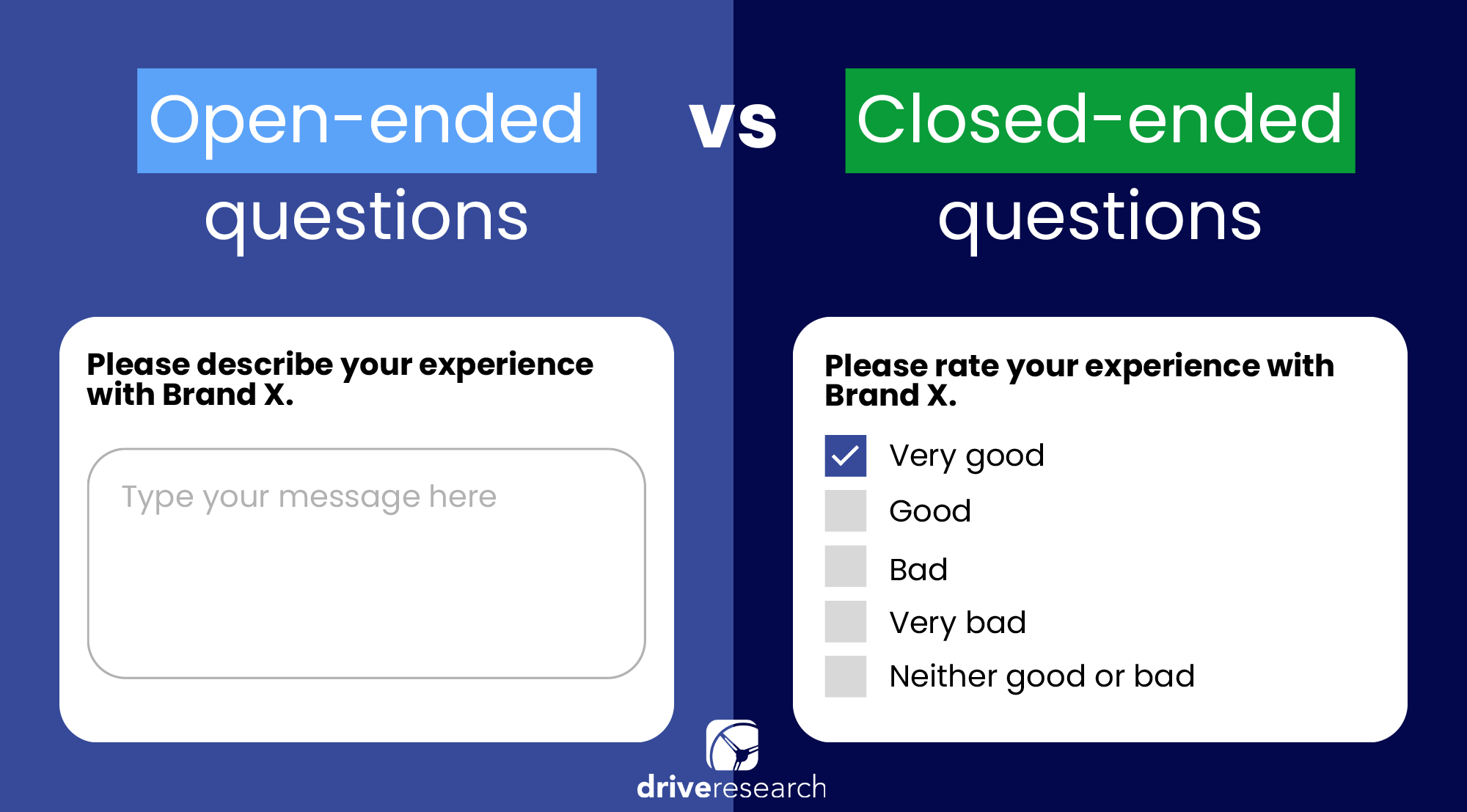Measuring brand loyalty is critical for the success of any company. Scratch that, it’s imperative.
Brand loyalty (not to be confused with customer loyalty, which is a separate concept but equally as important) ensures the future return of customers time and time again.
With customers that are loyal to your brand, you won’t have to waste time with expensive marketing or promotional campaigns.
Instead, you can focus your precious time on building out your brand to attract even more long-term customers.
In this article, our market research company discusses the finer details about what brand loyalty really means as well as 4 key metrics that help measure brand loyalty in a tangible way.
What is Brand Loyalty?
Brand loyalty is defined as the positive association that a consumer attaches to a particular brand, regardless of price or any deficiencies.
If someone is loyal to your brand, that means they are dedicated to purchasing from you regardless of how you stack up against competitors.
Brand loyalty can be demonstrated verbally as well, like through positive word-of-mouth support.

Brand Loyalty vs. Customer Loyalty
Brand loyalty is bigger than customer loyalty because it’s more than just repeat customers. It’s positive associations and memories with a brand.
A large part of a brand’s success depends on its ability to attract customers who consistently purchase its products.
It’s customers who return because they genuinely think your brand is superior to the competition.
Constantly looking for new, one-time shoppers can put a strain on your marketing efforts, and surely won’t be worthwhile in the long run.
I mean, remember the name of that one-hit-wonder? Yeah, neither do we.
That’s why you need loyal customers, who show up time and time again.

Brand Loyalty Metrics to Measure
Gauging brand loyalty can prove to be a little tricky. And that’s because there isn’t one specific metric that quantifies brand loyalty on its own.
Instead, there are several metrics that can be added up to paint a bigger picture.
Metric #1: Customer Satisfaction
Getting a read on customer satisfaction lets you know if your brand is meeting your customers’ expectations.
It’s important to know not only how satisfied your customers are, but also why they feel the way they do.
Loyal customers make repeat purchases, but that doesn’t mean much if you don’t understand exactly what it is about your brand that keeps these loyal customers coming back.
In this video, our team shares what they believe to be the most important questions to ask in a customer survey.
Metric #2: Brand Value
If a customer continues to purchase from you because you have the lowest prices, that doesn’t always equate to brand loyalty.
The perceived value of your brand’s product or service is what drives loyalty. Perceived value is a customer’s opinion of how your product or service relates to them specifically.
Certain luxury vehicle manufacturers have built loyal customer bases, not because of a low price tag, but due to their customers seeing them as a high-quality, high-value brand.
Metric #3: Brand Awareness
If people aren’t aware of your brand, to begin with, how are they going to be able to develop a connection with you?
Measuring brand awareness is a way to quantify the reach your brand has.
Increasing awareness of your brand increases the number of people who could become brand loyal customers.
Figuring out who is (and just as importantly, who isn’t) aware of your brand can help you identify steps you can take to make your brand more recognizable.
Recommended Reading: How to Create a Baseline for Awareness and Interest
Metric #4: Brand Trust
Trust is a powerful thing. Customers will not be loyal to your brand if they cannot trust that you will do right by them.
Whether you’re a pharmaceutical company dealing with an individual’s health and well-being, or a financial institution in contact with sensitive information, ensuring a level of trust between your brand and your customers is essential in maintaining your customers’ loyalty.
Understanding your brand’s trustworthiness can help you adjust messaging appropriately, and assure your customers that you are a brand worthy of trust.

How to Measure Brand Loyalty in a Questionnaire
Measuring brand loyalty with surveys or questionnaires involves designing questions that capture various aspects of a customer's relationship and commitment to a particular brand.
As discussed, brand loyalty is a multidimensional concept that cannot be measured with one metric. Therefore, it's essential to include many different questions that cover various aspects of your brand, products, and services.
Here's a step-by-step guide on how to create a questionnaire to measure brand loyalty:
Step 1: Define the Dimensions of Brand Loyalty
Identify the dimensions of brand loyalty you want to measure. These could include behavioral, attitudinal, and emotional aspects. Common dimensions include repurchase intention, willingness to recommend, emotional attachment, and preference over competitors.
Step 2: Design the Survey
Our online survey company recommends incorporating various question types to capture different aspects of brand loyalty. This can include:
- Likert Scale Questions: Use a 5-point or 7-point Likert scale to gauge respondents' agreement or disagreement with statements related to brand loyalty.
- Multiple-Choice Questions: Offer options for respondents to choose from, such as frequency of purchase, reasons for choosing the brand, etc.
- Open-Ended Questions: Allow respondents to provide detailed explanations or examples for their loyalty or lack thereof.
- Semantic Differential Scale: Ask respondents to rate the brand using bipolar adjectives (e.g., Reliable-Unreliable, Trustworthy-Untrustworthy) on a scale.

Step 3: Collect Survey Responses
But wait...before distributing the questionnaire, conduct a soft launch or pilot test with a small group to identify any issues with wording, clarity, or question order. Make necessary adjustments based on feedback.
Once the initial soft launch checks out, send the survey to the remaining sample until your goal number of responses is reached.
Step 4: Take Action
Once you've collected responses, analyze the data and feedback.
Based on the insights, create specific, actionable strategies to improve brand loyalty. These strategies could range from improving the user interface of your website to launching loyalty programs or offering personalized recommendations.
Consider making the brand loyalty survey a regular part of your customer feedback strategy. Regular surveys can help you track changes over time and stay attuned to customer sentiments.
Using A Third-Party Research Company to Measure Brand Loyalty
You’ve learned how to define brand loyalty as well as how to quantify it. Now what?
Take the time to think about what goals you and your brand have, both short and long-term. Get an understanding of the key performance indicators that matter most in regards to your brand, and your business.
When you think you have a good idea of what you want to learn, reach out to a third-party research company.
Not sure exactly what KPIs you want to measure, or how to go about measuring them? That’s okay, too!
Market research companies, like Drive Research, have the expertise to design surveys and discussion guides that can get you the data you need.
In short...
A properly executed market research study by a third-party company will provide you with the necessary information to adjust your business plans, and draw customers back to you time and time again.
Recommended Reading: Benefits of Using a Third-Party Market Research Firm
Measure & Quantify Brand Loyalty With Drive Research
Drive Research is a national market research company specializing in various quantitative and qualitative methodologies. Our team of senior market research professionals has the skill and know-how to measure key metrics to quantify brand loyalty.
Interested in learning more about our services? Contact us today by filling out the form below or emailing [email protected].

Devan Grant
Devan's love for learning serves him well as a market research professional. With two years of both quantitative and qualitative research in the healthcare space under his belt, he knows what it takes to answer some of the toughest market research questions.
Learn more about Devan, here.

